Reach the Beach by The Fixx
Buy Reach the Beach The British pop group hit their peak with the 1983 release of the album Reach the Beach, their second studio album and most successful commercially. This record contains accessible […]

Buy Reach the Beach The British pop group hit their peak with the 1983 release of the album Reach the Beach, their second studio album and most successful commercially. This record contains accessible […]
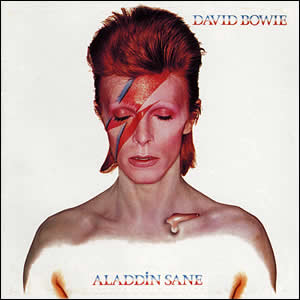
Buy Aladdin Sane The sixth studio album by David Bowie, 1973’s Aladdin Sane furthers the narrative, begun on the previous year’s hit album The Rise and Fall of Ziggy Stardust and the Spiders […]
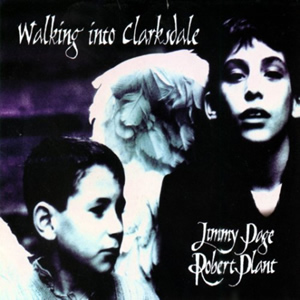
Buy Walking Into Clarksdale Nearly two decades after they recorded the final Led Zeppelin studio album with 1979’s In Through the Out Door, guitarist Jimmy Page and vocalist Robert Plant collaborated on an […]
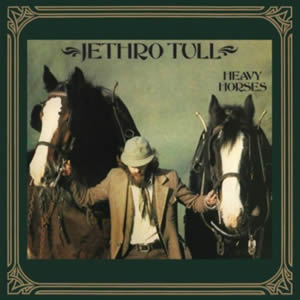
Buy Heavy Horses During a the late 1970s, Jethro Tull released a trio of albums with heavy folk influence. The second of this trio and the eleventh overall studio album by the band […]
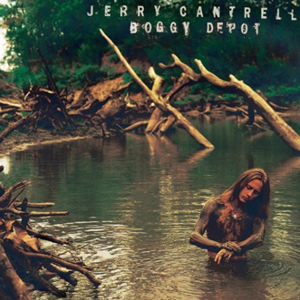
Buy Boggy Depot After over a decade in Alice in Chains, guitarist Jerry Cantrell set out to forge his debut solo record in 1998 with Boggy Depot. This was done more out of […]
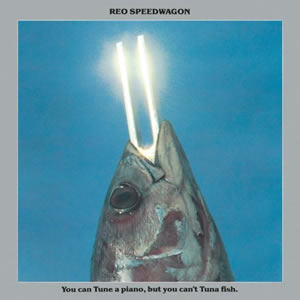
Buy You Can Tune a Piano but You Can’t Tuna Fish Often derided for its ludicrous title and album cover, You Can Tune a Piano, but You Can’t Tuna Fish was nonetheless the […]
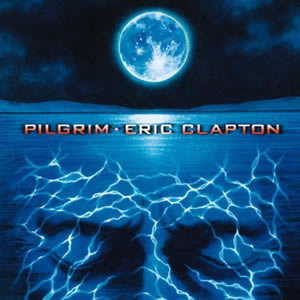
Buy Pilgrim The thirteenth overall studio album of his then-decades long solo career, Pilgrim was the first record by Eric Clapton in nearly a decade to feature all new studio material. The songs […]
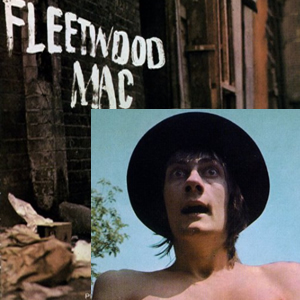
Buy Fleetwood Mac Buy Mr. Wonderful The long and multi-faceted recording career of Fleetwood Mac got started in 1968 when the group was producing pure blues music and led by guitarist and vocalist […]
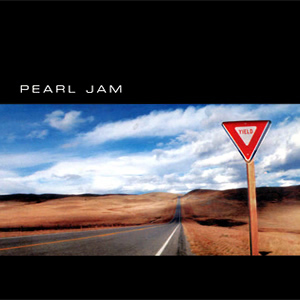
Buy Yield Pearl Jam‘s fifth studio album, Yield, has been viewed as a commercial rebound for the band after a slight drop in popularity during the mid 1990s. The album saw a return […]
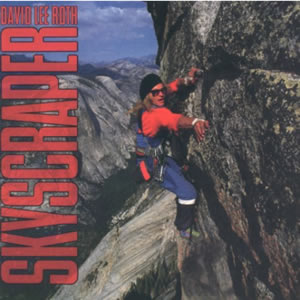
Buy Skyscraper David Lee Roth‘s second full-length solo album, the commercially successful Skyscraper, has had mixed critical response since it was released in 1988. This album, while continuing much of the same good-time-hard-rock […]